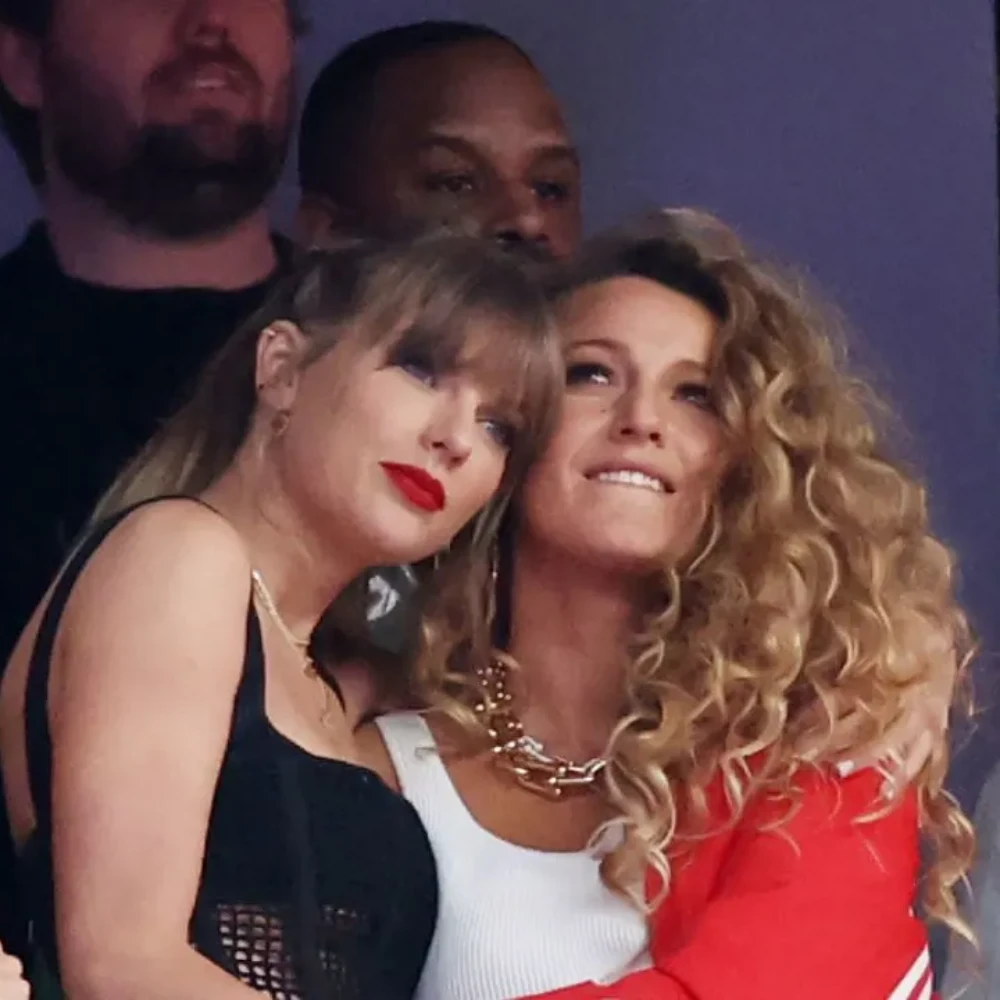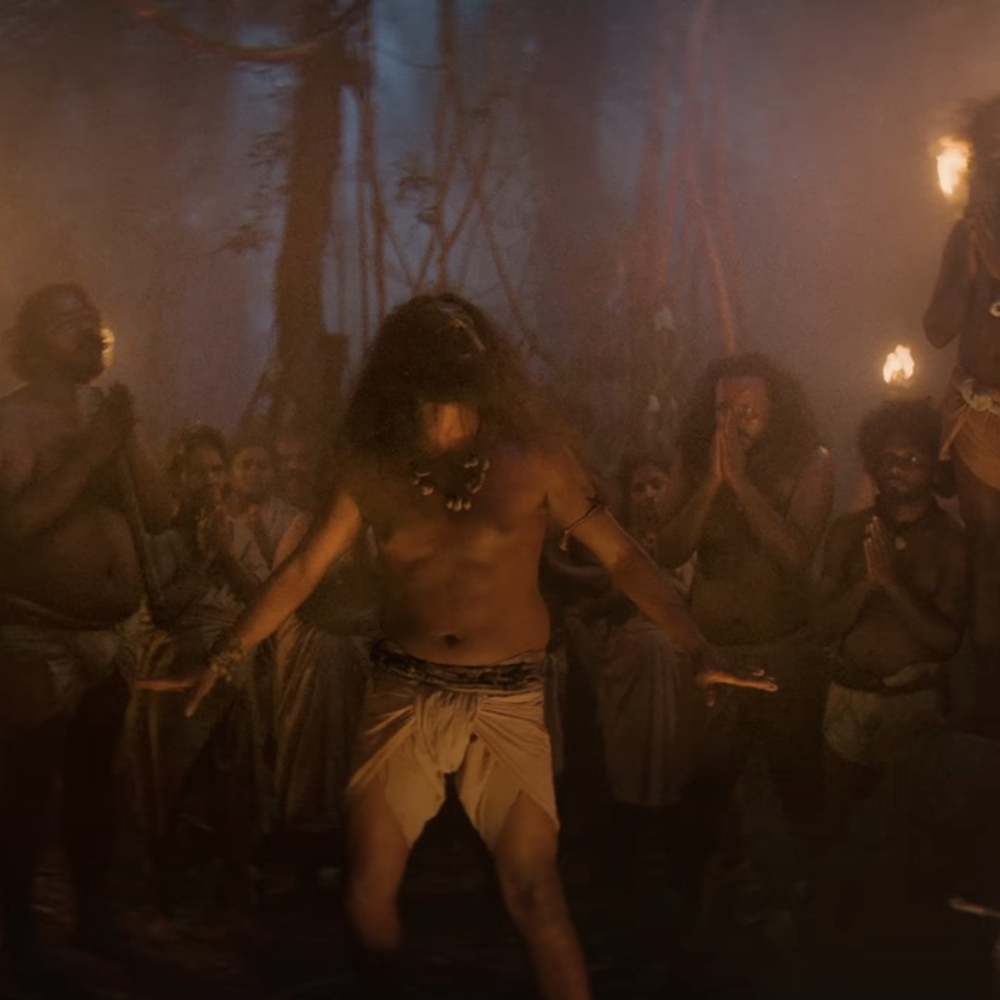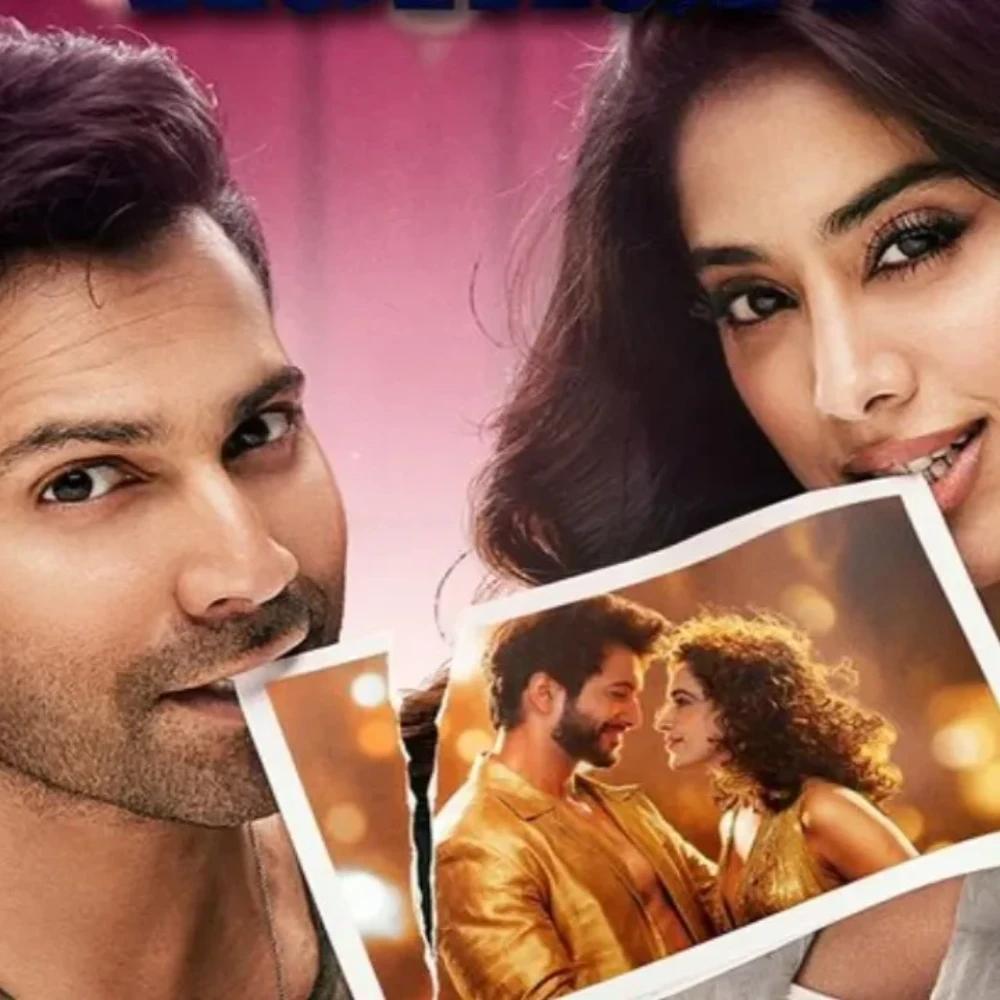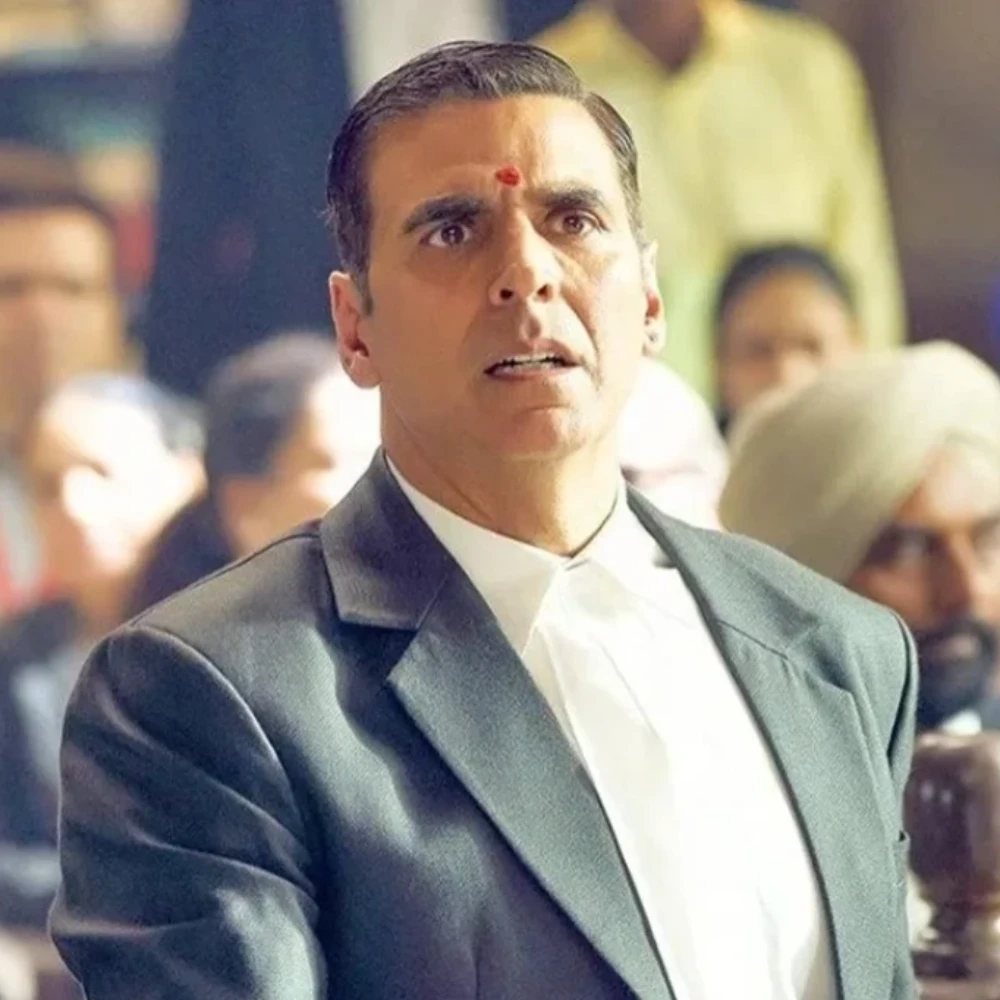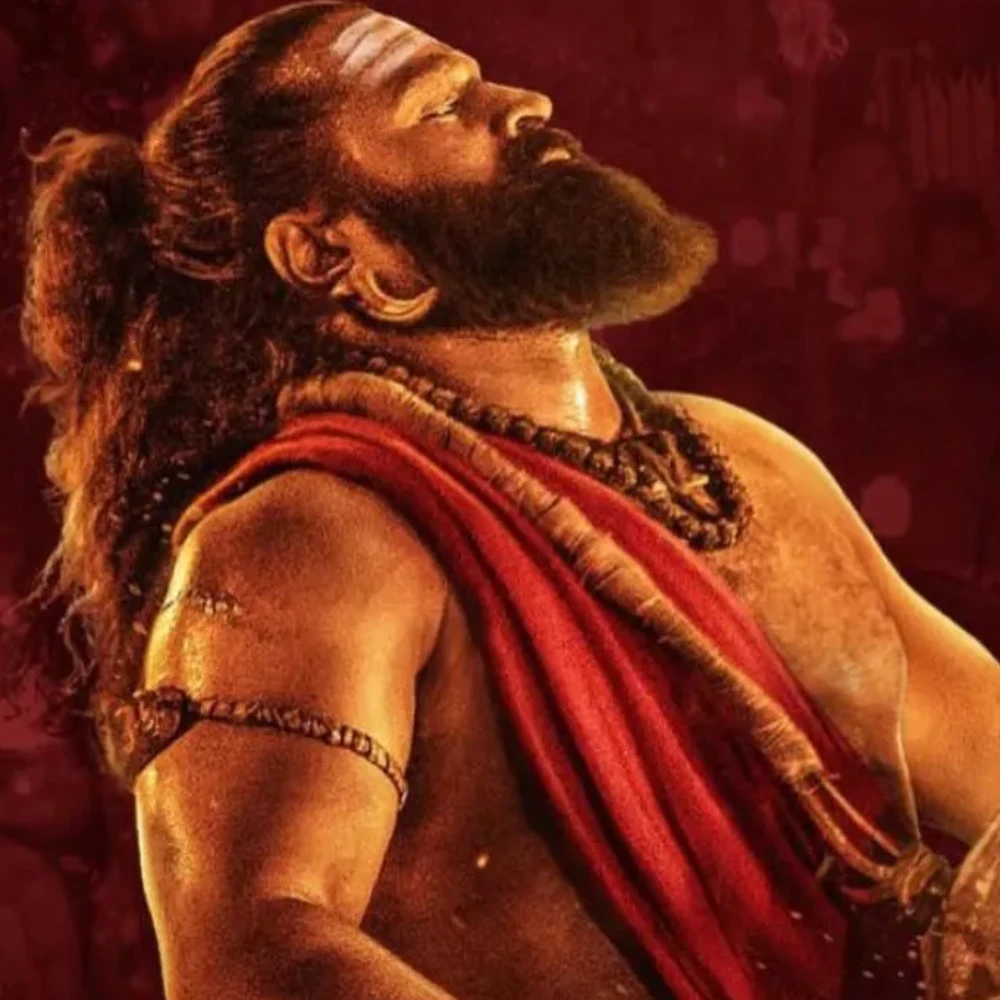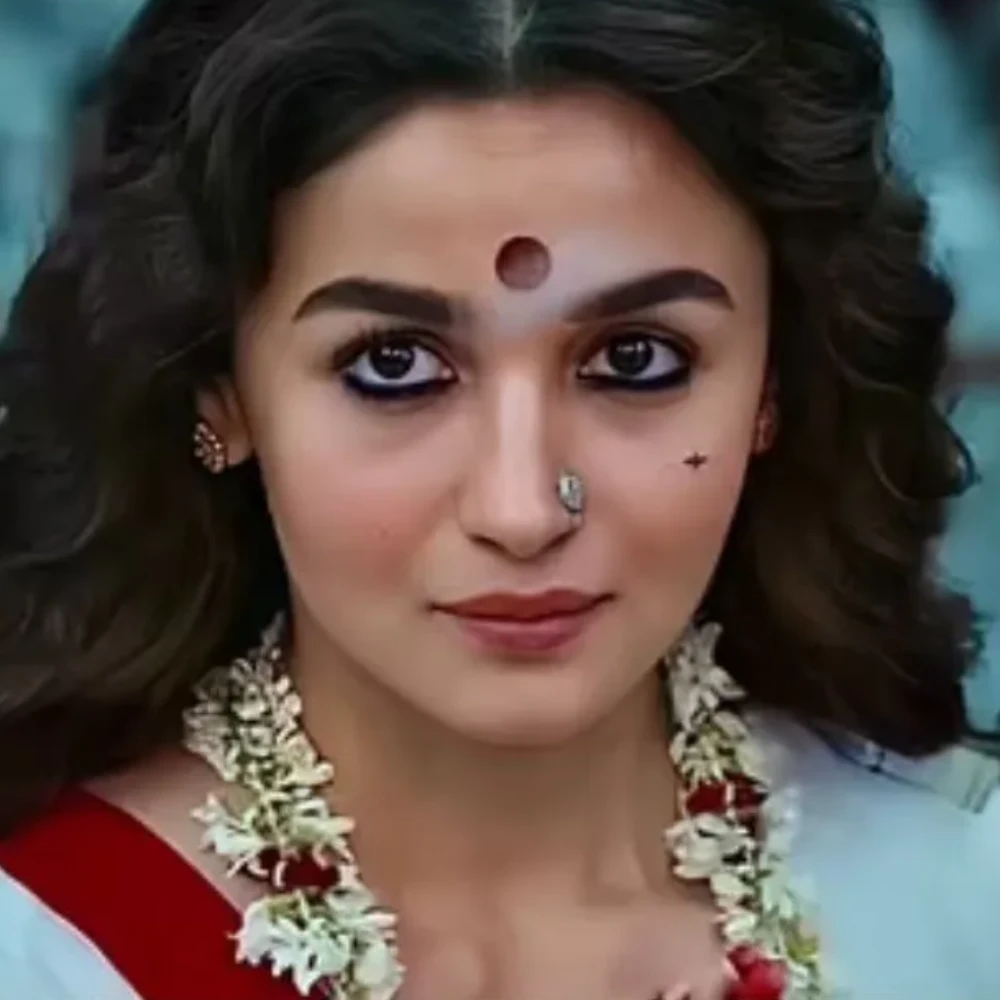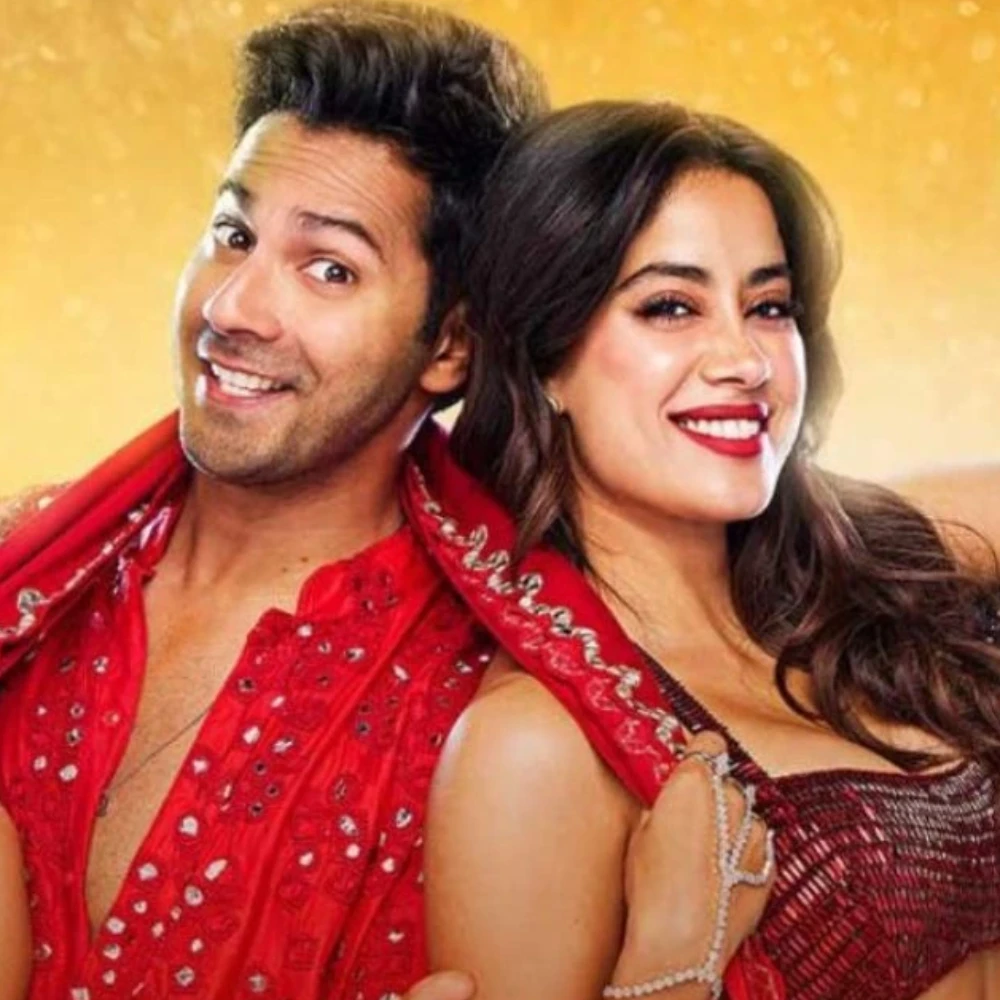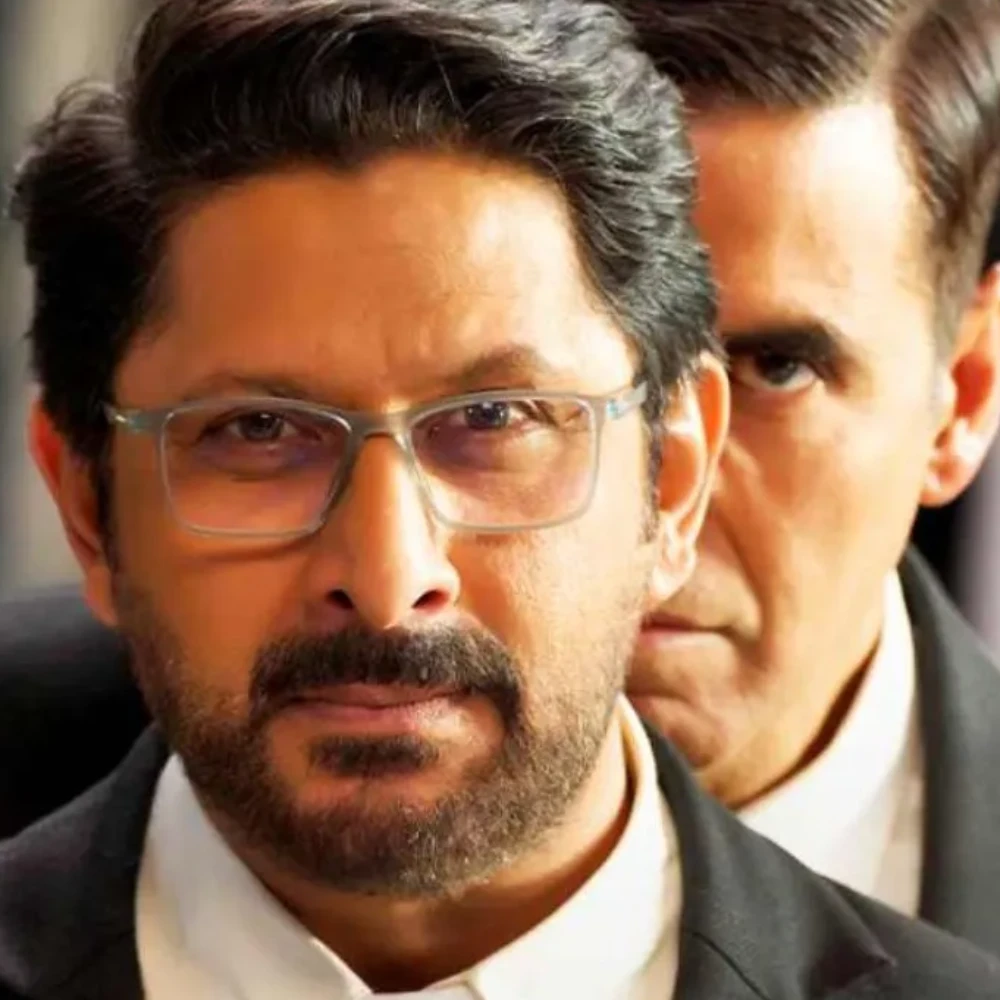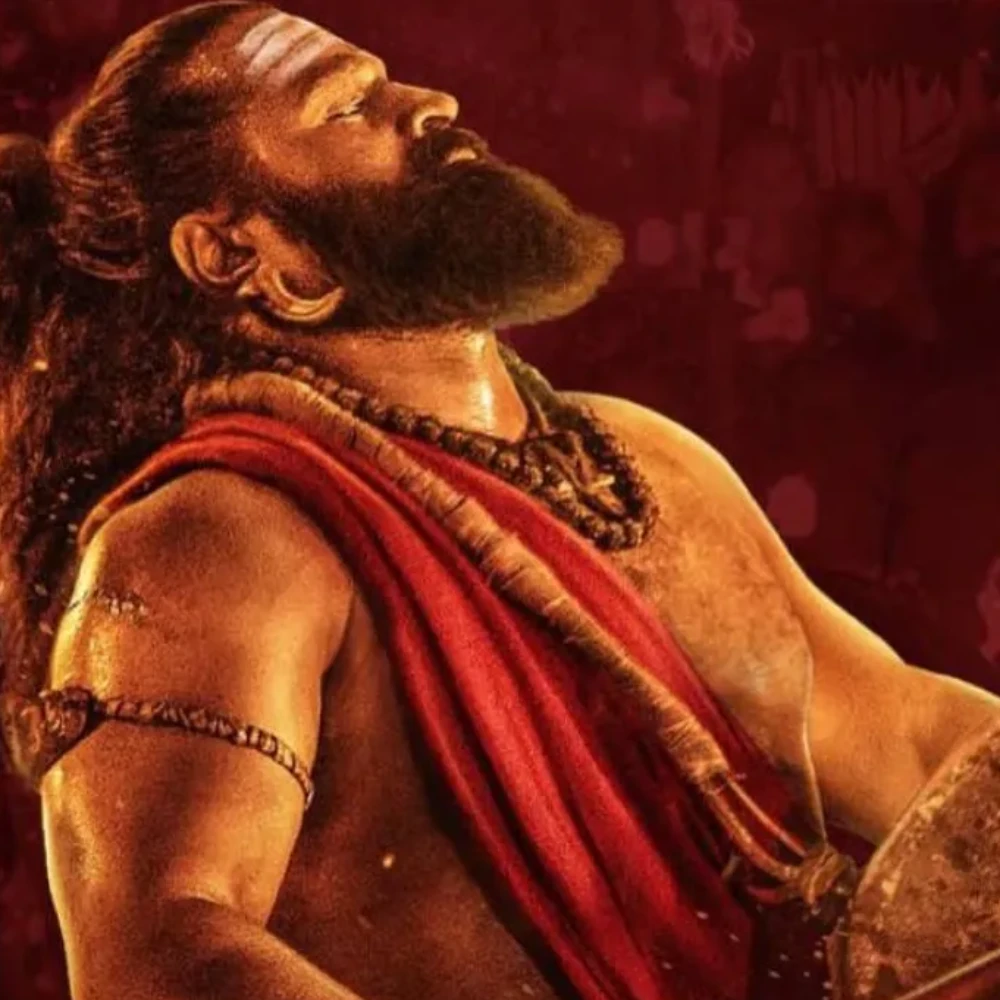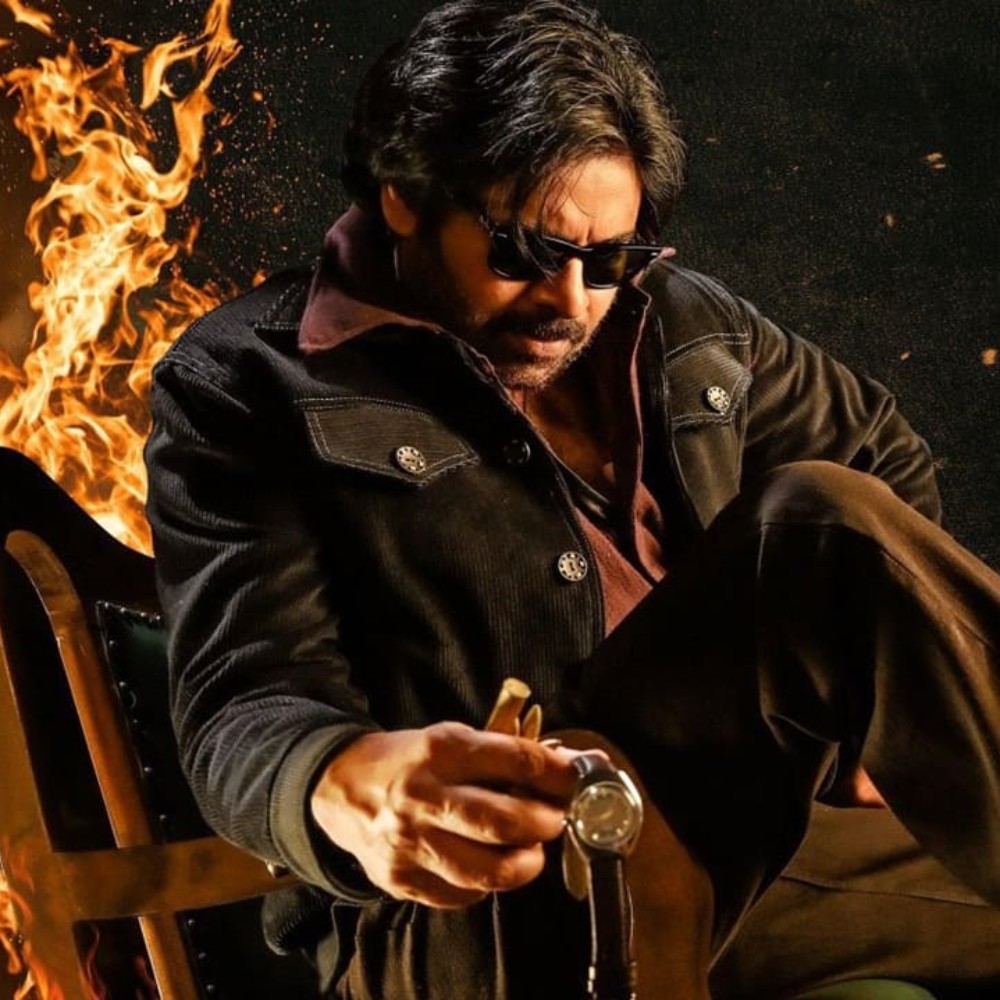Opinion: Is the theatre-going audience migrating to OTT? Analysing an average cinegoer
Is the theatre-going audience migrating to OTT? We analyze based on the data available to us.
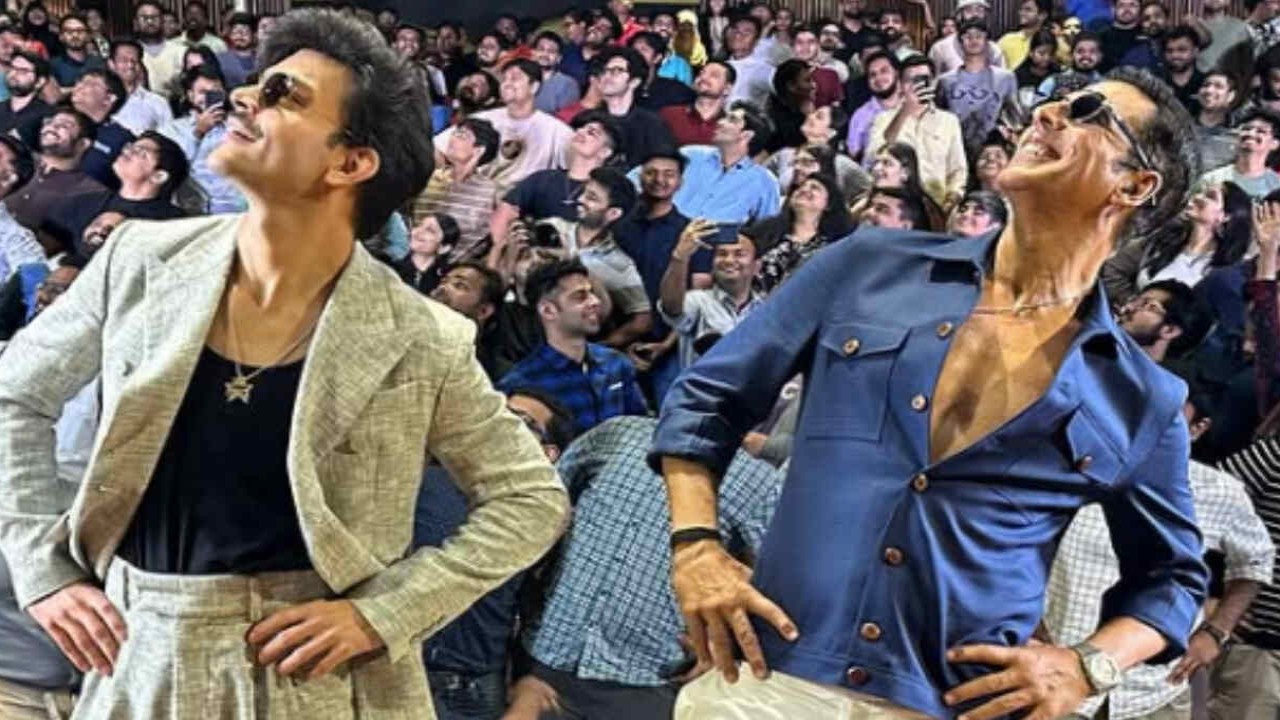
he rise of OTT platforms has transformed how audiences consume entertainment, offering convenience, variety, and affordability at the click of a button. Yet, despite the undeniable pull of streaming services, the prestige of a big-screen experience is something that shall always remain.
For the average cinegoer, theatre-going is less about just watching a film and more about the experience. It is somewhat similar to a cultural outing that's treated like a picnic or a festival. In 2025, as Indian cinema continues to evolve alongside Hollywood releases, the question remains that is the theatre audience truly migrating to OTT, or is the cinema experience too cherished to fade?
The theatre-going experience carries a prestige that OTT platforms struggle to replicate. Visiting a cinema involves effort. There's planning, travel, and often a financial commitment, which elevates its perceived value. Unlike the ease of streaming a film on a phone or TV, the act of dressing up, booking tickets, and immersing oneself in a larger-than-life screen fosters a sense of occasion. This effort elevates the experience, leaving a lasting impact and making it more memorable than binge-watching on a couch. The grandeur of a theatre, its booming sound systems, vibrant visuals, and communal energy creates a shared cultural moment that OTT cannot match. For instance, watching a high-octane Indian film like War 2 or a visually stunning Hollywood spectacle like Avatar: Fire And Ash on a massive screen is an unparalleled thrill.
However, the decline in theatre attendance cannot be ignored. Data suggests footfalls in Indian cinemas have dropped in recent years, driven by multiple factors. The primary culprit is the lack of compelling content tailored for the big screen. While 2025 promises exciting Indian releases like Kantara 2, Coolie, War 2 and Welcome 3, many recent films have failed to justify the theatrical experience, feeling better suited for smaller screens. High ticket prices, especially in urban multiplexes, further deter the average cinegoer, who may find OTT subscriptions more economical. Additionally, the scarcity of theatres in smaller towns limits access, pushing rural audiences toward streaming platforms. Hollywood’s 2025 slate, including Final Destination: Bloodlines and Mission: Impossible - The Final Reckoning may draw crowds, but inconsistent quality in mainstream releases has left audiences selective.
Despite these challenges, the big screen is far from obsolete.
The allure of theatrical releases lies in their ability to offer spectacle and community. Indian cinema, in particular, thrives on larger-than-life narratives like Baahubali or RRR that demand the immersive theatre environment. The collective gasps, cheers, and applause in a theatre create a social experience that OTT cannot replicate. Moreover, cinema outings often double as social events, with families and friends making a day of it, complete with snacks and discussions.
OTT platforms excel in accessibility, offering diverse content from global series to regional films. Yet, their ease of access can dilute the emotional weight of viewing. The average cinegoer, balancing convenience and experience, may lean on OTT for casual viewing but reserves theatres for event films. The solution lies in revitalizing cinema. Lower ticket prices, more theatres in Tier-2 cities, and content that demands the big screen. The theatre-going tradition, steeped in effort and prestige, will endure as a cherished ritual, even as OTT carves its own space. The big screen is here to stay, a beacon of cinematic magic in 2025 and beyond.





 JOIN OUR WHATSAPP CHANNEL
JOIN OUR WHATSAPP CHANNEL